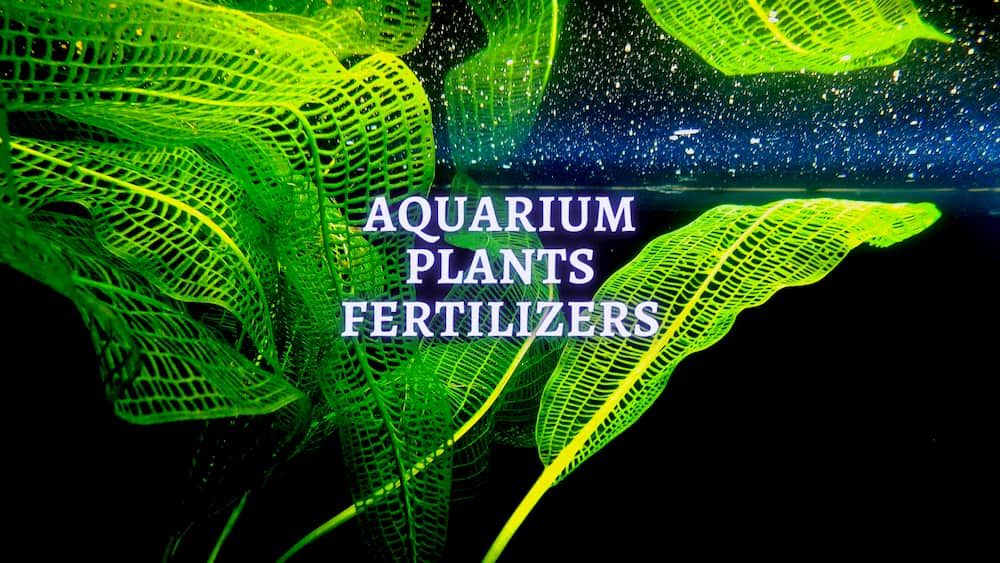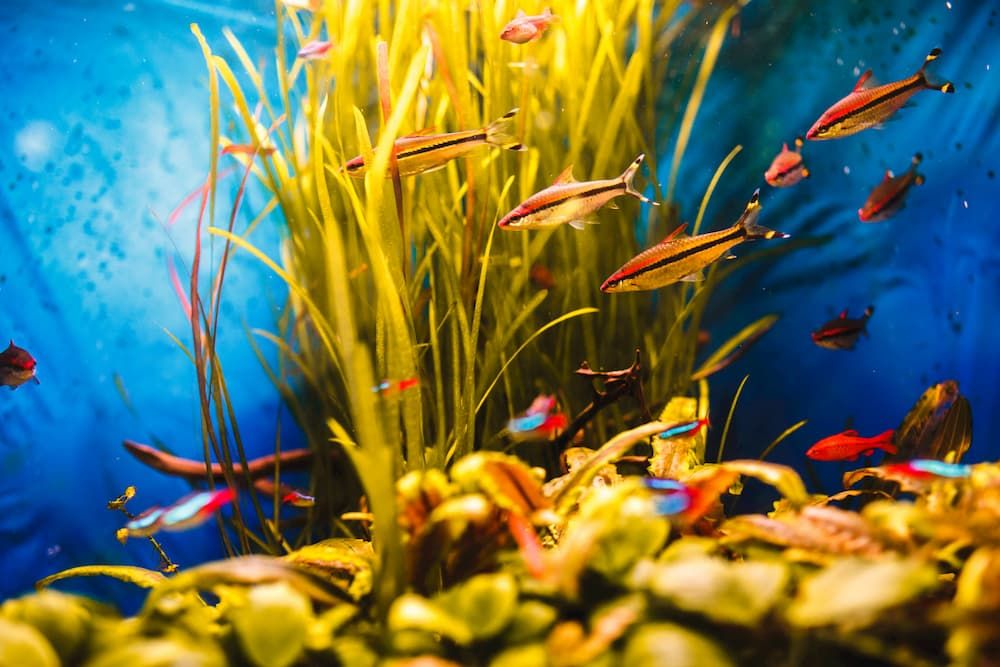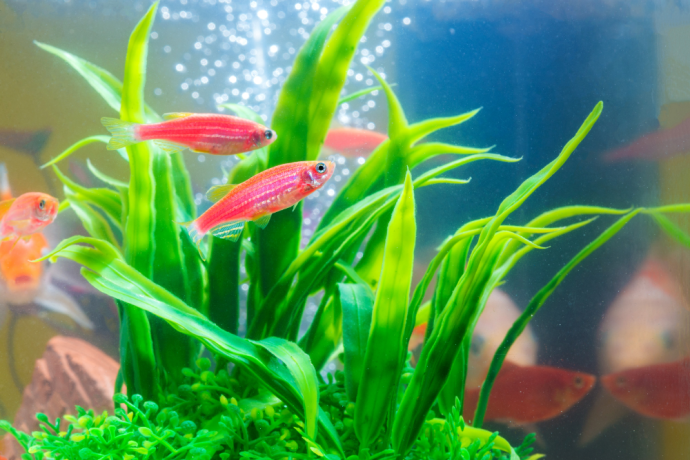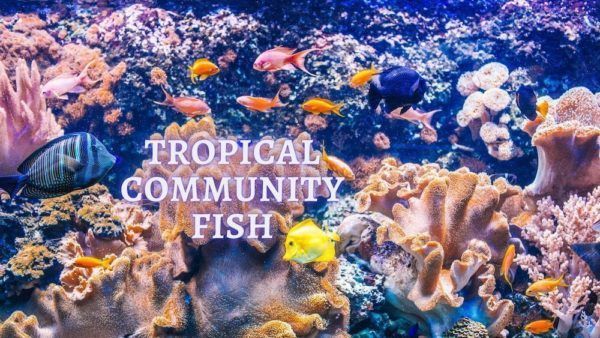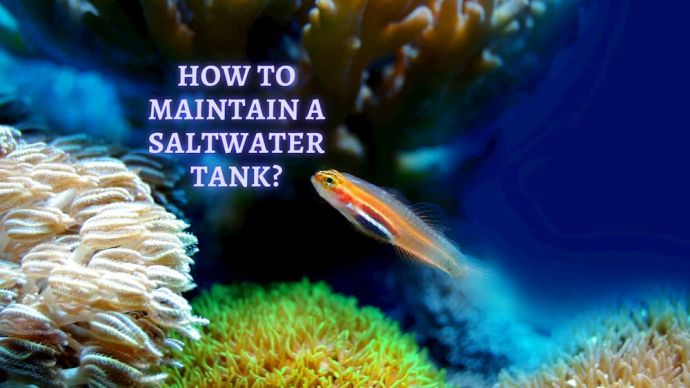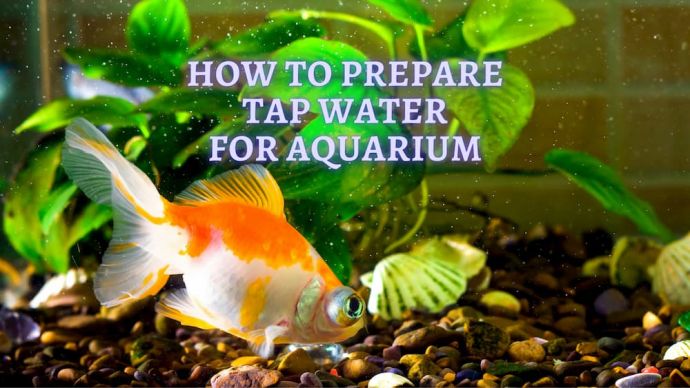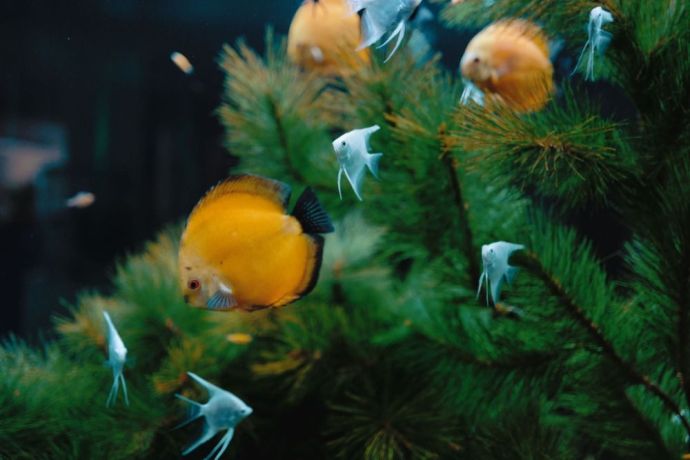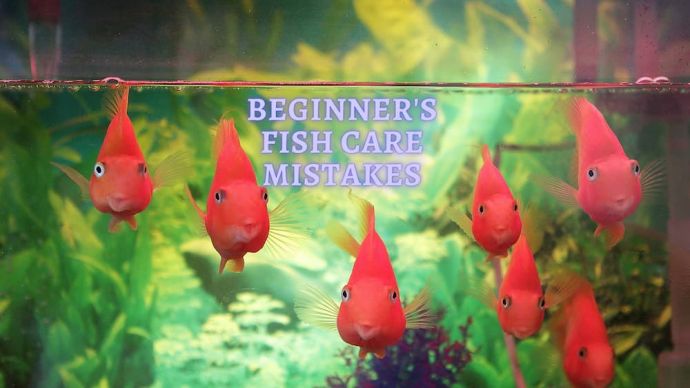Aquarium Plants Fertilizers: What You Should Know
Written by:
Author: Vicki Smirnova
Vicki Smirnova is a professional writer and editor who adores animals and helps readers get along well with their pets. She has been working in digital media for more than 5 years and has great experience writing content about lifestyle, including pets. Vicki specializes in dog health and nutrition, cat feeding, dog training. She is an aquarium lover and is passionate to write about fish care at home. Also, Vicki headed several websites and worked as a news editor.
View all 244 articlesLearn about our editorial process and veterinary review board.
Viewed: 241
Updated on: 02/09/2021
Do Aquarium Plants need Food?
Just as healthy plants need food that consists of sunlight and nutrients, aquarium plants also similarly need nutrients. For aquatic plants, nutrients come in the form of nitrogen and phosphorus. They also need potassium, iron, magnesium, manganese, and a list of other minerals to help them grow.
For aquatic plants, much of the minerals they need to thrive will come directly from the fish food and fish waste that is naturally occurring within your tank just from taking care of your fish. However, some minerals will need to be added to the water regularly. Determining what kind of crystals you need to add will depend on the types of plants you keep and whether they take nutrients in from the roots or the leaves (or both).
Typically, these nutrients are added every few days or once weekly. You can seek out a product like Aqueon Aquarium Plant Food, which provides liquid nutrition for a variety of aquatic plant species.
Do I need fertilizer for my Aquarium Plants?
While a liquid nutrient supply may be necessary for your tank, some aquatic plants take different nutrients. For aquatic plants that take in nutrients from the roots, fertilizer may be required.
Some aquatic plant enthusiasts will create a mix of laterite, a type of clay that’s rich in iron. They’ll mix this into the substrate when they set up the aquarium, allowing the plants to get more nutrition at the roots. Other people will use substrates that have nutrients embedded in them already.
Another option is to use individual aquatic fertilizer tablets, which you can insert into the substrate near the roots of plants. However, be sure you get fertilizer tablets formulated for aquatic plants in particular because the type formulated for everyday house plants may harm the tank or not provide the necessary nutrients.
How do you Fertilize a Fish Tank Plant?
To recap, you have a few options for the “how” part of getting your aquatic plants the nutrients they need…
- Liquid plant fertilizers: These dissolve in the water when you pour them into the tank.
- Fertilizer tablets: These are tablets you insert into the soil next to roots to fertilize the plants.
- Pre-Packed Substrates: These are particular soils designed for use within the aquarium.
Remember that your plants may absorb nutrients from the leaves, the roots, or both. If they only absorb nutrients from the leaves, you’ll need to use a liquid fertilizer. However, if you have plants that only absorb from the roots, you’ll need to insert nutrients into the soil via tablets or get a pre-packed substrate to nurture the plants through the sources.
Does the Aquarium Plant Food harm Fish?
Many minerals are essential for the proper upkeep of your aquatic plants, including potassium, calcium, and magnesium. Even sulfur is a necessary additive to keep your marine plant life healthy. Iron, manganese, zinc, boron… The list goes on!
Of course, with all of these names being thrown around, many aquarium owners fear that the things they put into their tank to help their aquatic plants may end up harming their fish. Fortunately, this isn’t the case. While the plant food is designed to help your plants, it isn’t going to hurt any fish living alongside your plants.
If you ever have specific concerns about the products you’re using, be sure to do your research. You should always look up a new product and its full ingredient list before you add it to your tank. This will give you peace of mind that the product won’t hurt the fish living in your tank, even with long-term exposure.
In general, the best rule of thumb is to make sure you’re only buying products from a reputable manufacturer and buying products made specifically for aquatic plants. Don’t use products made for house or garden plants as they will likely contain chemicals or other additives that won’t help your aquatic plants and may even cause harm to the fish within your tank.
Will Plant Fertilizer kill Fish?
The wrong fertilizer can harm your tank! The secret to keeping your aquatic life safe and healthy is to use a plant fertilizer that meets these two criteria:
- First! Choose one that’s made specifically for aquatic plants. This ensures it will give your plants the nutrients they actually need to be healthy. Don’t use fertilizer made for house or garden plants.
- Then, make sure the fertilizer you choose is made for living tanks. You should choose a fertilizer that is made specifically for plants that have living fish in them.
There are plenty of products for you to choose from when it comes to finding an aquatic plant fertilizer that’s safe for living fish. In general, you just need to check the packaging. It should say somewhere on the package that it’s safe for tanks with living fish inside. If it means that you should be good to go!
READ MORE: The Best Floating Aquarium Plants
What is the Best Fertilizer for Aquarium Plants?
Now that you know everything you know about keeping your aquatic plants healthy while keeping your fish safe, let’s quickly review what it will take for your marine plant life to flourish! Just as plants above ground need multiple things to grow and thrive, so do your aquatic plants.
Here’s what aquatic plants need to be healthy:
- Light: Every plant needs light to flourish. Light provides how plants can photosynthesize and continue growing. Some plants will only need a bit of light, while others may require a dedicated specialized lighting system to thrive. These are things you’ll need to consider when setting up your tank. Still, blasting your tank with expensive LEDs will only lead to wasted effort if you don’t find the other parts of the equation.
- Co2: The second thing your plants need to thrive in your tank is Co2. This is an essential nutrient, and without it, your plants won’t be able to do anything with the light you provide. Instead, a lack of Co2 means algae growth is going to take over within your tank, which can lead to a massive boom. While Co2 is naturally produced within a tank, the small amount that’s created just won’t do it for many advanced aquatic plants. That means you need to set up a supplementary system to provide enough Co2 for these plants.
- Fertilizer: When you combine a good light source with the right amount of Co2, you’ll notice that plant life begins to grow quickly, but only if you’re providing the third thing they need: fertilizer! We’ve already discussed fertilizer in-depth in the previous sections, so don’t underestimate its importance. Without the right nutrients, no amount of light or Co2 will keep your plants alive. They need all three things to survive and thrive.
Sound tough? The reality is that keeping a healthy tank truly isn’t that difficult if you have these three things aligned. The trick is in the initial planning and setup of your tank. If you do the necessary research at the end of the day, you’ll know what your plants need to thrive alongside any fish you’re keeping in your tank.
READ MORE: Plants for Goldfish
Keep a Healthy Tank
Keeping fish truly is a rewarding experience, and you’ll find it to be buckets of fun, whether you’re maintaining freshwater, saltwater, or several different tanks.
In truth, keeping the aquatic plant life thriving is just as exciting as keeping your fish happy, and all you need to succeed is the right information. That’s why we strive to be a go-to information source for aquarium enthusiasts. If you consider yourself to be one, go ahead and check out the other articles on our blog.
Once you begin to research aquarium keeping, you’re sure to find that it’s a fulfilling and highly educational experience, no matter the size of your tank, number of fish, or the level of expertise you currently have about aquatic life and the underwater world in general.
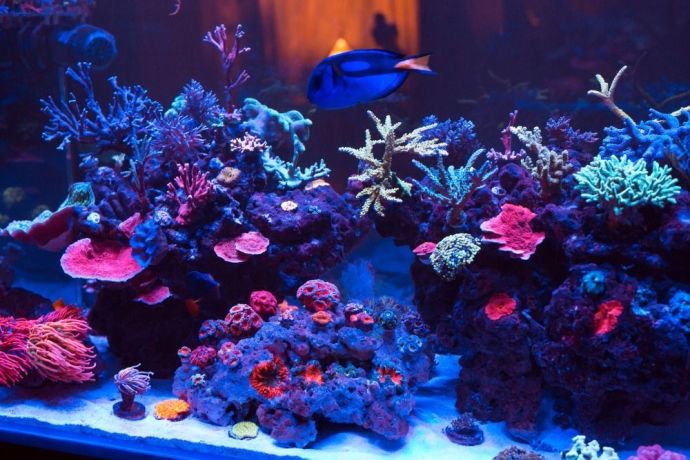 Fish Owners Tips Saltwater Refugiums: How to Make a Refugium for Saltwater Aquarium?
Fish Owners Tips Saltwater Refugiums: How to Make a Refugium for Saltwater Aquarium? - 781
- 0









